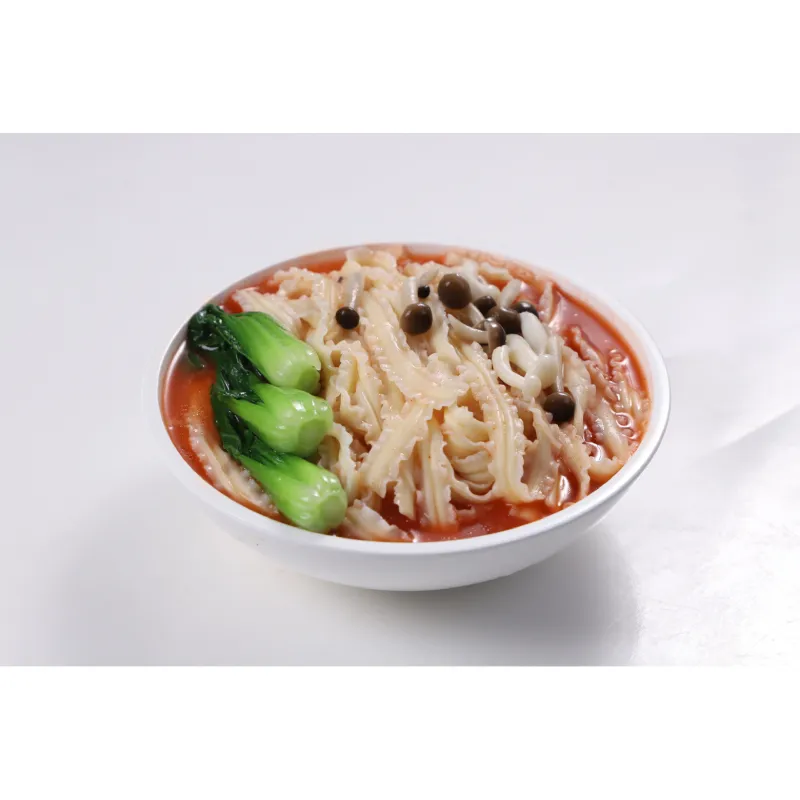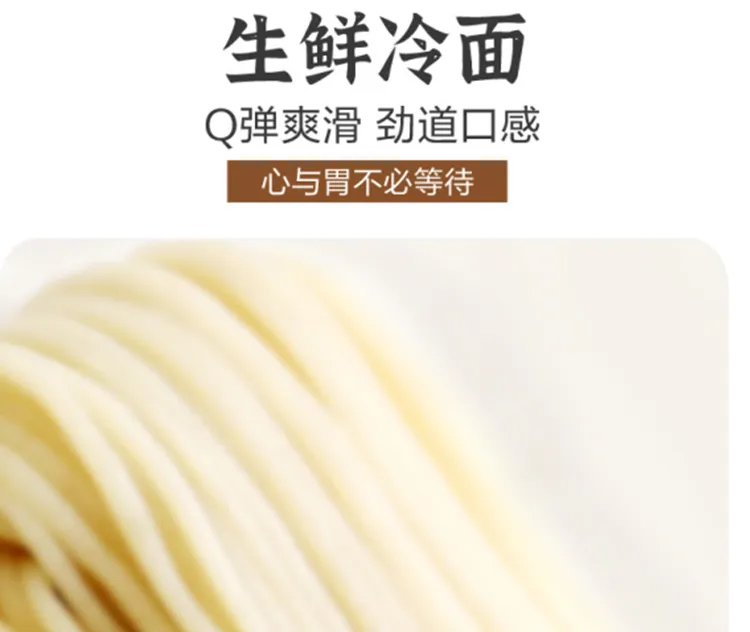Feb . 14, 2025 08:55
Back to list
what to use instead of yakisoba noodles
In the world of culinary innovation, the substitution of ingredients often opens doors to creating unexpected, delightful flavors and textures. When it comes to replacing yakisoba noodles, the quest goes beyond mere taste imitation. You want a product that can stand shoulder-to-shoulder with the original noodle, offering not just flavor, but also nutritional and cooking benefits. Here’s an exploration of some robust alternatives that seasoned chefs and home cooks alike can employ to craft delicious dishes with a unique twist.
For those who prefer a more traditional route, udon noodles offer a comforting texture. Made from wheat flour, these Japanese noodles are thicker and can provide the satisfying chew that yakisoba lovers cherish. When substituting, be mindful of udon’s tendency to swell and absorb liquid; this characteristic makes them perfect for brothy or saucy dishes. Their neutral flavor harmonizes with strong seasonings and will not overshadow the star ingredients of the dish. Zucchini Noodles Embracing the Veggie Trend For a healthier alternative, zucchini noodles are an innovative choice. Spiralized zucchini provides a fresh and low-carb solution that aligns with many dietary preferences, including keto. While they don’t mimic the exact texture of yakisoba, they compensate with their lightness and ease of preparation. In raw form, zucchini noodles maintain a crunchy texture and juicy bite, but they can also be lightly sautéed to soften their structure. Pair with garlic, olive oil, or your favorite sauce for a refreshing dish. Quinoa Pasta The Nutritional Powerhouse As a healthier alternative rich in protein and fiber, quinoa pasta provides an excellent base for yakisoba-inspired dishes. It’s a valuable option for those seeking a complete protein source, offering a substantial nutrient boost while maintaining pleasing textural properties. Cook quinoa pasta with care, as it can become overly soft. A light touch of olive oil can help preserve its al dente quality. Its neutral taste allows it to integrate seamlessly with various seasonings, suiting dishes where burst flavors are desired. Final Thoughts When substituting yakisoba noodles, the choice largely depends on the desired outcome — whether you aim for textural similarity, nutritional enhancement, or accommodating dietary restrictions. Each alternative has its unique benefits, creating opportunities to explore new flavors and textures. Successfully replacing yakisoba noodles is not merely about finding the closest match; it's about enhancing the dish to suit individual preferences and nutritional goals. Your culinary adventure culminates by discovering the perfect balance between tradition and innovation, making the dining experience both satisfying and memorable.


For those who prefer a more traditional route, udon noodles offer a comforting texture. Made from wheat flour, these Japanese noodles are thicker and can provide the satisfying chew that yakisoba lovers cherish. When substituting, be mindful of udon’s tendency to swell and absorb liquid; this characteristic makes them perfect for brothy or saucy dishes. Their neutral flavor harmonizes with strong seasonings and will not overshadow the star ingredients of the dish. Zucchini Noodles Embracing the Veggie Trend For a healthier alternative, zucchini noodles are an innovative choice. Spiralized zucchini provides a fresh and low-carb solution that aligns with many dietary preferences, including keto. While they don’t mimic the exact texture of yakisoba, they compensate with their lightness and ease of preparation. In raw form, zucchini noodles maintain a crunchy texture and juicy bite, but they can also be lightly sautéed to soften their structure. Pair with garlic, olive oil, or your favorite sauce for a refreshing dish. Quinoa Pasta The Nutritional Powerhouse As a healthier alternative rich in protein and fiber, quinoa pasta provides an excellent base for yakisoba-inspired dishes. It’s a valuable option for those seeking a complete protein source, offering a substantial nutrient boost while maintaining pleasing textural properties. Cook quinoa pasta with care, as it can become overly soft. A light touch of olive oil can help preserve its al dente quality. Its neutral taste allows it to integrate seamlessly with various seasonings, suiting dishes where burst flavors are desired. Final Thoughts When substituting yakisoba noodles, the choice largely depends on the desired outcome — whether you aim for textural similarity, nutritional enhancement, or accommodating dietary restrictions. Each alternative has its unique benefits, creating opportunities to explore new flavors and textures. Successfully replacing yakisoba noodles is not merely about finding the closest match; it's about enhancing the dish to suit individual preferences and nutritional goals. Your culinary adventure culminates by discovering the perfect balance between tradition and innovation, making the dining experience both satisfying and memorable.
Share
Latest news
-
The Wholesome Delight of Organic NoodlesNewsAug.15,2025
-
The Vibrant Delight of Spinach NoodlesNewsAug.15,2025
-
Savor the Spicy Delight of Hot Pot NoodlesNewsAug.15,2025
-
Savor the Chill with Irresistible Cold NoodlesNewsAug.15,2025
-
Indulge in the Authentic Delight of Udon NoodlesNewsAug.15,2025
-
Dive into the Delicious World of Cart NoodlesNewsAug.15,2025
-
Unlock the Delicious Potential of Yam NoodlesNewsAug.11,2025
Browse qua the following product new the we







